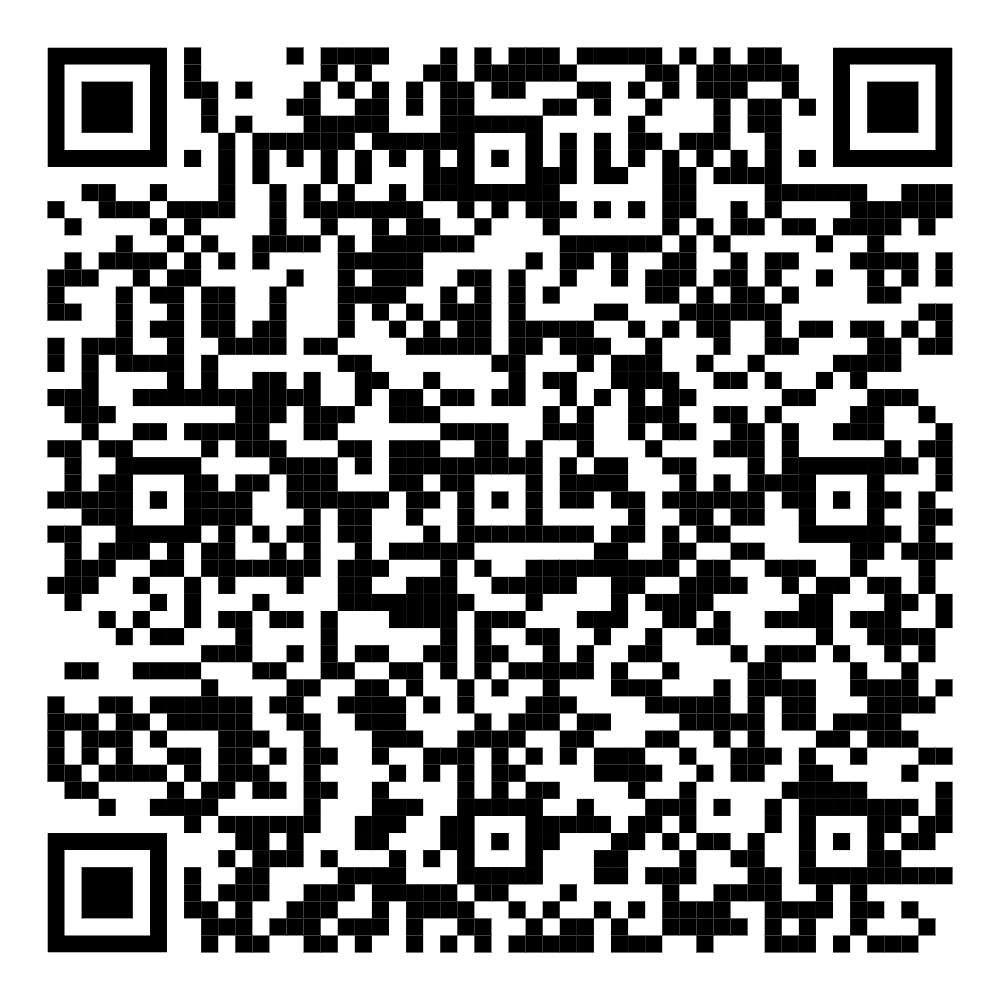Right-Hand Traffic (RHT) (colored red on world map above) is the practice of keeping to the right side of the road in bidirectional traffic. In the same way, Left-Hand Traffic (LHT) (colored blue on world map above) refers to the practice of keeping to the left side of the road in bidirectional traffic. An elementary rule of the road, it is worthwhile knowing which side of the road to drive before attempting to drive in foreign countries.
Rwanda follows RHT and uses left-hand drive (LHD) vehicles. The steering wheels of these cars are located on the left-hand side, and therefore the driver sits on the left side of the car. You go around roundabouts in counterclockwise direction.
 While RHT is more popular in the world and is used in 165 countries and territories, the remaining 75 countries and territories follow LHT. Countries that use LHT account for about a sixth of the world's area with about a third of its population and a quarter of its roads. In 1919, 104 of the world's territories were LHT and an equal number were RHT. From 1919 to 1986, 34 of the LHT territories switched to RHT.
While RHT is more popular in the world and is used in 165 countries and territories, the remaining 75 countries and territories follow LHT. Countries that use LHT account for about a sixth of the world's area with about a third of its population and a quarter of its roads. In 1919, 104 of the world's territories were LHT and an equal number were RHT. From 1919 to 1986, 34 of the LHT territories switched to RHT.
Historically, all traffic used to follow the Left-hand traffic rule. Most people, being right-handed, found it easier to mount their horses from the left. It made sense to climb from the side of the road rather than from the middle, hence they chose the left-hand rule. At the same time, the right hand would be free for greetings or for defense (by holding a sword).

However, when Napoleon came to power, he began changing the left-hand rule to right-hand to suit his own requirements. He being left-handed, preferred to stay on the right side of the road with his sword braced in his left-hand, ready for attack or defense. So he introduced the right-hand system in countries or territories he conquered.
The French Revolution also contributed to popularizing the right-hand rule. The farmers in France were earlier forced to travel on the right side of the road while the aristocrat travelled on the left side. Post the revolution, travelling on the right side became a symbol of freedom that quickly spread to other European countries.
The French introduced RHT to its colonies in Africa, while the British and Portuguese colonies followed LHT. Today, about 41 countries and territories in Africa follow right-hand traffic (RHT), while only 14 African countries and territories practice left-hand traffic (LHT).
Rwanda and Burundi, both former Belgian colonies, follow RHT currently, but are considering switching to LHT like neighbouring members of the East African Community (EAC). According to a survey conducted in 2009, it was found that 54% of Rwandans favoured the switch due to lower costs and easier maintenance of RHD vehicles, and the benefit of consistent traffic regulations in EAC countries. In 2015, the ban on RHD vehicles in Rwanda was lifted, as RHD vehicles imported from neighbouring countries cost much less than LHD models imported from Europe.
CarIsoko.com – Rwanda’s leading online automotive marketplace – offers a wide variety of both LHD and RHD vehicles to choose from. Apart from great deals on vehicles, you can also visit the site for loans, insurance, or spare parts for your vehicles. Visit CarIsoko.com regularly for latest news, reviews and updates on vehicles, along with useful tips on car maintenance and other related topics.
Below is a list of countries for both RHT and LHT in Africa.
Countries following RHT in Africa:
1 Algeria
2 Angola
3 Benin
4 Burkina Faso
5 Burundi
6 Cameroon
7 Cape Verde
8 Central African Republic
9 Chad
10 Comoros
11 Côte D'Ivoire
12 Democratic Republic Of Congo
13 Djibouti
14 Egypt
15 Equatorial Guinea
16 Eritrea
17 Ethiopia
18 Gabon
19 Gambia
20 Ghana
21 Guinea
22 Guinea-Bissau
23 Liberia
24 Libya
25 Madagascar
26 Mali
27 Mauritania
28 Morocco
29 Niger
30 Nigeria
31 Republic Of Congo
32 Rwanda
33 Senegal
34 Sierra Leone
35 Somalia
36 South Sudan
37 Sudan
38 São Tomé And Príncipe
39 Togo
40 Tunisia
41 Western Sahara
Countries following LHT in Africa:
1 Botswana
2 Eswatini (Swaziland)
3 Kenya
4 Lesotho
5 Malawi
6 Mauritius
7 Mozambique
8 Namibia
9 Seychelles
10 South Africa
11 Tanzania
12 Uganda
13 Zambia
14 Zimbabwe



